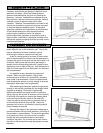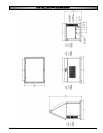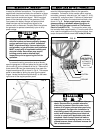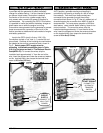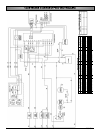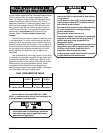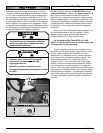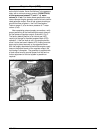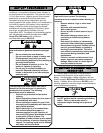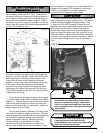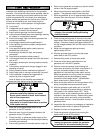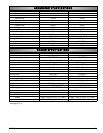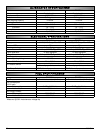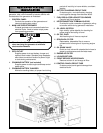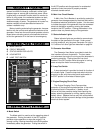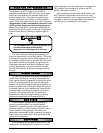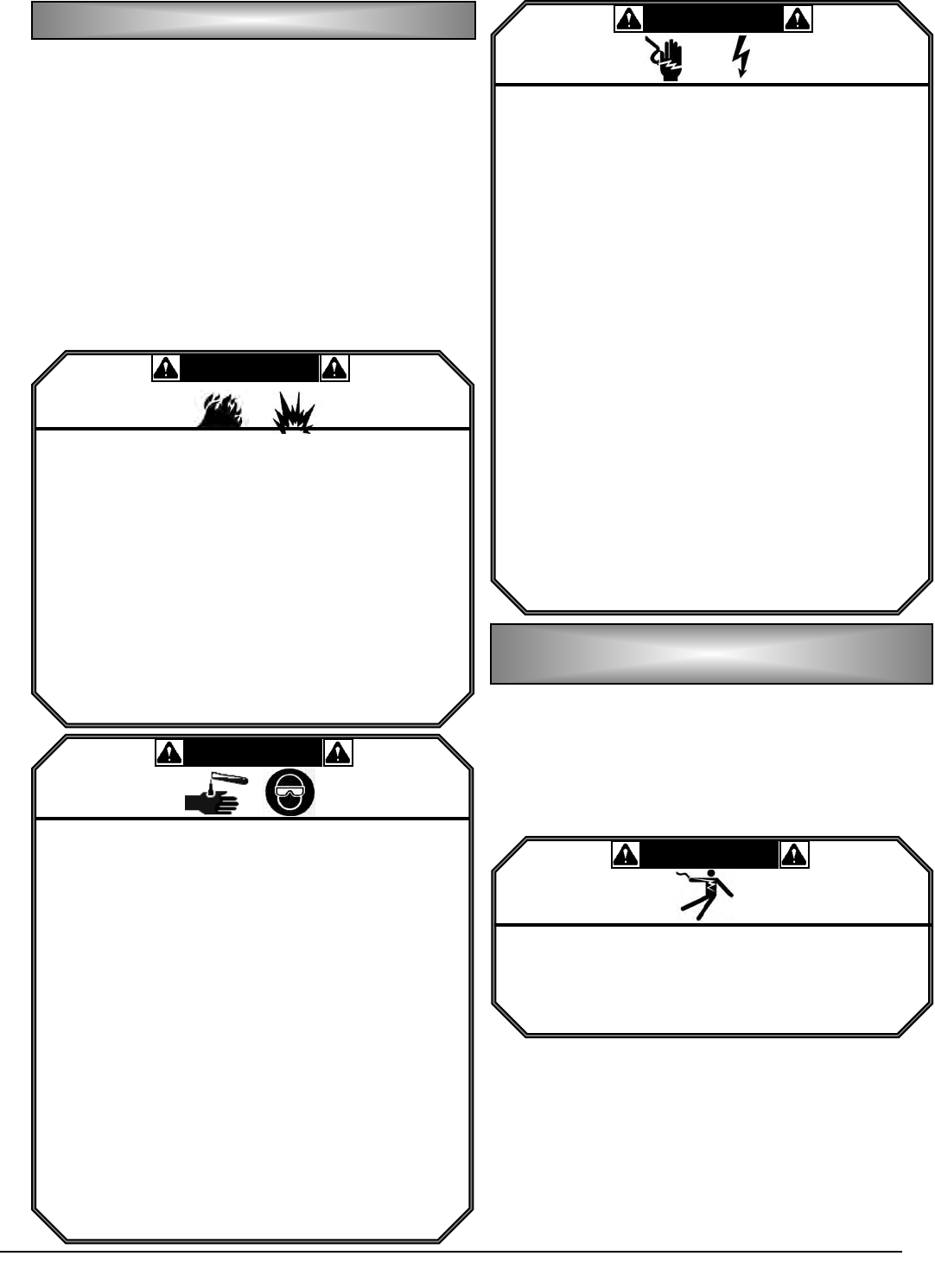
16 200-2341
To insure reliable starting in most weather
conditions, it is important to properly match a battery to
the requirements of the generator. The generator uses a
12 Volt, direct current, negative ground control system
powered by an automotive style lead acid battery.
Successful engine starting is dependent upon the
cranking speed of the engine, which in turn is affected by
the cranking capacity of the battery. When selecting a
battery, choose the model that provides the highest
available cold cranking amperes (CCA) within a given
size range, as specified by the Battery Council
International (BCI). The battery tray and cables supplied
with the generator are sized to accept either a BCI
Group 26 or 26R battery, with a minimum
recommended rating of 450 CCA.
The next step in installation of the generator is
placement and connection of the engine cranking
battery. Provided battery cables and battery rack are
sized to accept a BCI Group 26 or 26R automotive style
battery. A battery with a minimum of 450 CCA (cold
cranking amperes) in this size range is recommended to
assure reliable engine starting.
The electrolyte is a dilute sulfuric acid that is
harmful to the skin and eyes. It is electrically
conductive and corrosive. The following
procedures are to be observed.
• Wear full eye protection and protective
clothing.
• Where electrolyte contacts the skin, wash it
off immediately with water.
• Where electrolyte contacts the eyes, flush
thoroughly and immediately with water and
seek medical attention.
• Spilled electrolyte is to be washed down
with and acid neutralizing agent. A
common practice is to use a solution of
one pound (500 grams) bicarbonate of soda
to one gallon (4 liters) of water. The
bicarbonate of soda solution is to be added
until the evidence of reaction (foaming) has
ceased. The resulting liquid is to be flushed
with water and the area dried.
A battery presents a risk of electrical shock and a
high short circuit current. The following
precautions are to be observed when working on
batteries:
• Remove watches, rings or other metal
objects.
• Use tools with insulated handles.
• Wear rubber gloves.
• Do not lay tools or metal parts on top of
batteries.
• Disconnect charging source prior to
connecting or disconnecting battery
terminals.
• Determine if the battery is inadvertently
grounded. When inadvertently grounded,
remove source of ground. Contact with any
part of a grounded battery is capable of
resulting in electrical shock. The risk of
such shock is reduced when such grounds
are removed during installation and
maintenance.
• Failure to connect and disconnect in the
proper sequence can cause equipment
damage. Ensure there is a clean tight fit
from the cables to the post.
WWAARRNNIINNGG
CCAAUUTTIIOONN
WWAARRNNIINNGG
Lead-acid batteries present a risk of fire because
lead-acid batteries generate flammable hydrogen
gas.
• Do not smoke when near batteries.
• Do not cause flame or spark in battery area.
• Discharge static electricity from body
before touching batteries by first touching a
grounded metal surface.
• Do not dispose of batteries in a fire. The
battery is capable of exploding.
• Do not open or mutilate the battery or
batteries. Released electrolyte has been
known to be harmful to the skin and eyes
and to be toxic.
BB
BB
AA
AA
TT
TT
TT
TT
EE
EE
RR
RR
YY
YY
RR
RR
EE
EE
QQ
QQ
UU
UU
II
II
RR
RR
EE
EE
MM
MM
EE
EE
NN
NN
TT
TT
SS
SS
BB
BB
AA
AA
TT
TT
TT
TT
EE
EE
RR
RR
YY
YY
PP
PP
LL
LL
AA
AA
CC
CC
EE
EE
MM
MM
EE
EE
NN
NN
TT
TT
AA
AA
NN
NN
DD
DD
CC
CC
OO
OO
NN
NN
NN
NN
EE
EE
CC
C
C
TT
TT
II
II
OO
OO
NN
NN
WWAARRNNIINNGG
• Make sure the control panel Mode switch is in
the OFF position before connecting the battery
cables. Failure to do so may result in
unexpected engine starting and to personal
injury.



